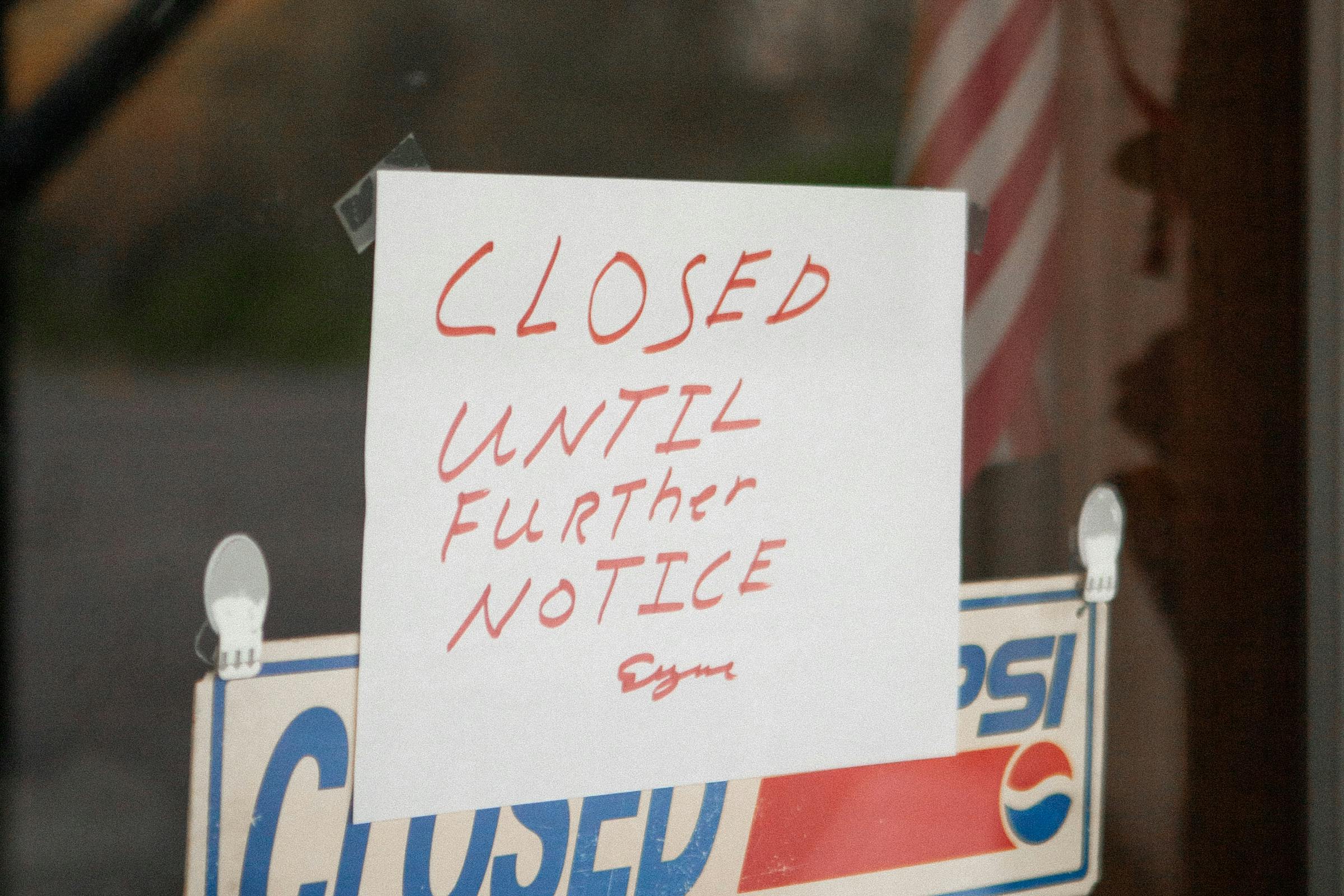What is the Prevailing Wage for an H-1B Visa?
The prevailing wage for an H-1B visa is the minimum hourly or salaried rate of pay that a company must pay its workers in order to hire them as H-1B visa holders.
Each occupation has its own prevailing wage; there isn’t just one standard prevailing wage for all H-1B visa jobs.
The U.S. Department of Labor (DOL) sets the prevailing wage for every occupation listed in its standard occupational classification manual, known as the O*NET database.
Under the H-1B visa program, employers are required to pay their workers the greater of either: 1) The actual or out-of-pocket costs of hiring a worker; or 2) the prevailing wage where the employer locates to hire employees.
Employers are required to submit the prevailing wage on the Labor Condition Application.
Whether or not you are eligible for an H-1B visa depends on whether or not your salary meets those standards. If it doesn’t meet those standards, then you will not be able to qualify for the visa at this time but can re-apply after meeting another set of criteria which we explain below.
H-1B Wage Levels
The H-1B visa guidelines stipulate four different wage levels, starting with entry-level positions, most of which require a degree. Here are the four wage levels:
Level 1 - Bachelor’s degree or below with a year or less of experience. These employees have a basic understanding of their job but lack experience.
Level 2 - Bachelor’s degree and two years of experience. A junior executive role would fall under wage level 2.
Level 3 - Bachelor’s degree and 3+ years of experience. A high-level management position would be level 3.
Level 4 - Bachelor’s or Master’s Degree with 4 or more years of experience.
How to Calculate Prevailing Wage
Once you document your skills, education, and work experience as required by the specific job opportunity you’re applying for, you can proceed to calculate your prevailing wage.
The first step in determining the prevailing wage of an occupation is to choose the appropriate Standard Occupation Classification (SOC) code for the job. Next, you need to find the appropriate Metropolitan Statistical Area (MSA) and SOC code for your specific geographic location.
Once you have the MSA and SOC code for your occupation, you can find the prevailing wage online on the U.S. Department of Labor Wage and Hour Division website. The website allows you to search by MSA and SOC code.
The Department of Labor publishes the prevailing wage rate every spring and fall and updates the website accordingly. The rate remains in effect until the next spring, when it is updated again.
The wage is based on data collected from employers, universities, and government agencies.
You can find the wage rate on the Department of Labor website and must use the wage listed for your specific job. You can’t use a wage rate from another position, even if they’re in the same occupation and industry.
Why It’s Important
In the United States, employers must pay their workers a fair wage for the type of work they’re doing and their skills.
In order to prove this, the employer needs to demonstrate that they’ve checked a set of standards that will measure whether or not what they’re paying is going to be appropriate given the location, standard practice, and experience of similar workers in the area.
The prevailing wage requirement protects both employers and H-1B visa applicants. It ensures that foreign workers aren’t exploited and receive a wage equivalent to their American coworkers.
For example, let’s say you are hiring a computer programmer on an H-1B visa in Silicon Valley. The prevailing wage for this occupation in Silicon Valley is $130,000. If you are paying your new programmer $50,000 per year, you’re in violation of the H-1B visa requirements.
What if You’re Offered Less Than the Prevailing Wage?
If you’re offered less than the prevailing wage, you can still apply for the H-1B visa. However, it will likely be denied.
In fact, it’s one of the main reasons H-1B visa applications aren’t approved.
If your employer doesn’t offer prevailing wages, you can report them to the Department of Labor.
When Can You Re-Apply?
If you’re not offered the prevailing wage or if you’re offered less than the prevailing wage, you can re-apply for the H-1B visa at a later date.
If you’ve applied for the H-1B visa in the past five years, you can’t apply for the same job again unless it meets certain criteria.
What’s Next?
You’ve been offered a job in the correct prevailing wage level. The next step is to complete and submit the H-1B visa application.
The immigration process can be complex and confusing to do on your own. Visa2US is ready and able to assist you in ensuring you’ve met all the other requirements of the application process.














